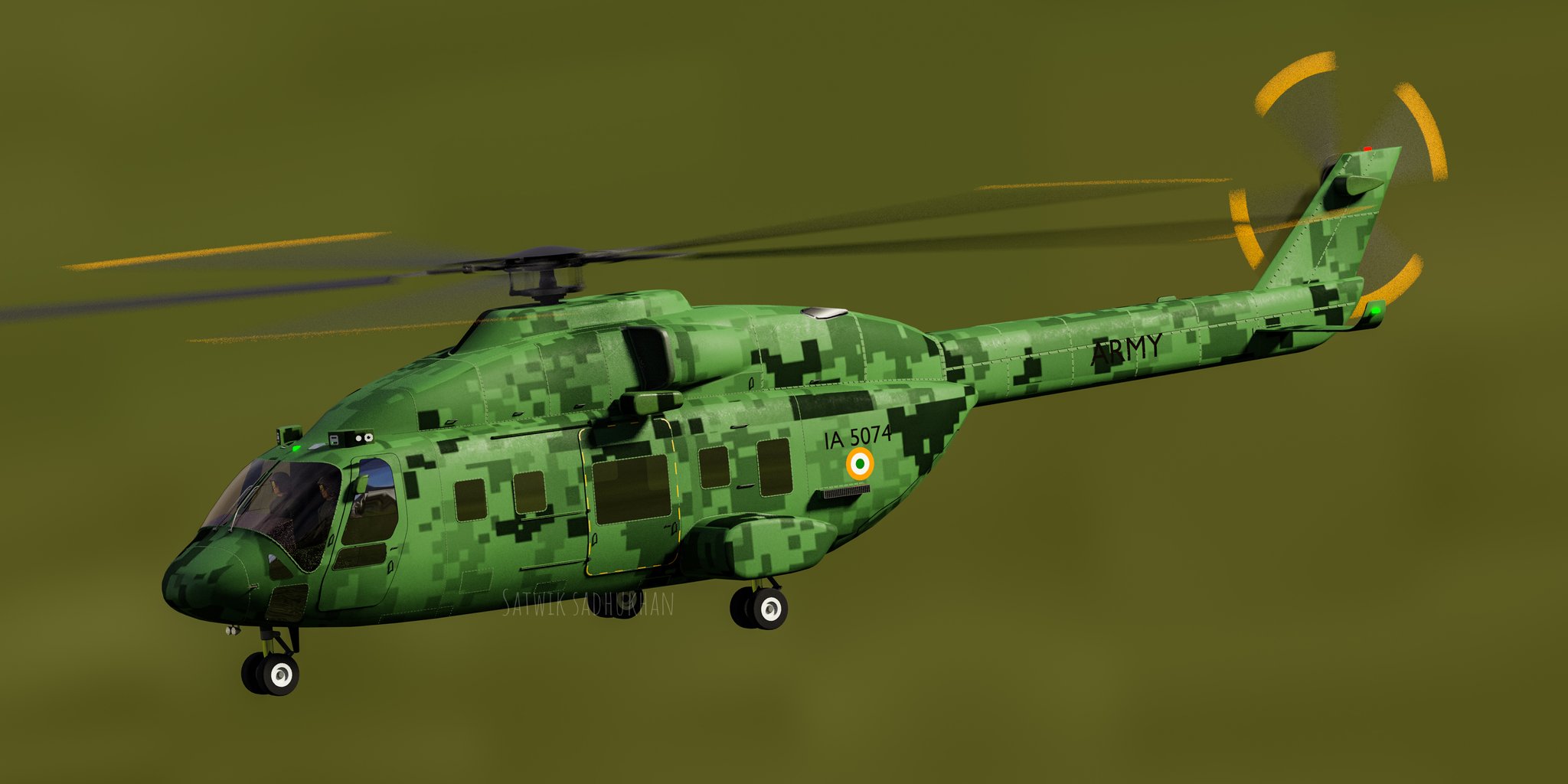India aims to independently equip its aircraft carriers with Airborne Early Warning (AEW) systems. Previously, the Indian Navy relied on Russia’s Kamov helicopters for these capabilities. Heavier AEW aircraft, like the E-2 Hawkeye, couldn’t launch from India’s carriers. Technological advances in radar have opened new possibilities for self-reliant AEW solutions. India has now canceled the Kamov-based AEW system for INS Vikrant and will instead develop an indigenous AEW solution.
HAL’s RFI for AEW Radar on DBMRH Helicopters
Hindustan Aeronautics Limited (HAL) recently issued a Request for Information (RFI). The RFI specifies an AEW radar tailored for Deck-Based Multi-Role Helicopters (DBMRH). It calls for a compact, helicopter-compatible radar with air-to-air and air-to-surface modes. With anti-jamming features and Navy-focused specifications, this radar will enable secure AEW capabilities on India’s aircraft carriers. India’s move towards indigenous systems supports long-term self-reliance in defense.

Coverage and Capabilities of the Proposed Radar
This proposed AEW radar promises extensive coverage and advanced operational features. It operates in both air-to-air and air-to-surface modes, with a combined mode on a 4:1 duty cycle. Its horizontal beam covers 360 degrees, and the vertical beam spans from +60 to -60 degrees. The radar maintains continuous operation for up to 10 hours, crucial for long missions.

Impressive Detection and Tracking Features
The radar excels in detecting a wide range of targets. It can detect small sea-skimming targets up to 150 kilometers away. Larger targets are detectable up to 300 kilometers. Supporting over 2,000 tracked targets, it ensures robust situational awareness. With low probability of intercept (LPI) and anti-jamming features like pulse compression, this radar remains reliable under interference.

Seamless Integration with Other Avionics
This radar integrates efficiently with other avionics, adding versatility to complex missions. Its display connects with Electronic Support Measures (ESM), Identification Friend or Foe (IFF), Automatic Identification System (AIS), and navigation data. With a range of up to 600 kilometers, operators view mission-critical information clearly and effectively.

Designed for India’s Defense Needs
Built to meet a weight limit of 700 kilograms and a 30-kilowatt power budget, this AEW radar suits India’s DBMRH helicopters. Its compliance with Mil-STD standards for EMI/EMC and vibration makes it ideal for maritime missions. This AEW solution brings India closer to self-reliance in carrier-based early warning technology.

A Path to Self-Reliance in Defense Technology
Through advanced radar development, India steps further into defense self-reliance. Shifting from foreign AEW systems reduces dependency on external sources and enhances operational flexibility. HAL’s efforts showcase India’s commitment to achieving autonomy in defense technology, especially for its growing naval capabilities.
